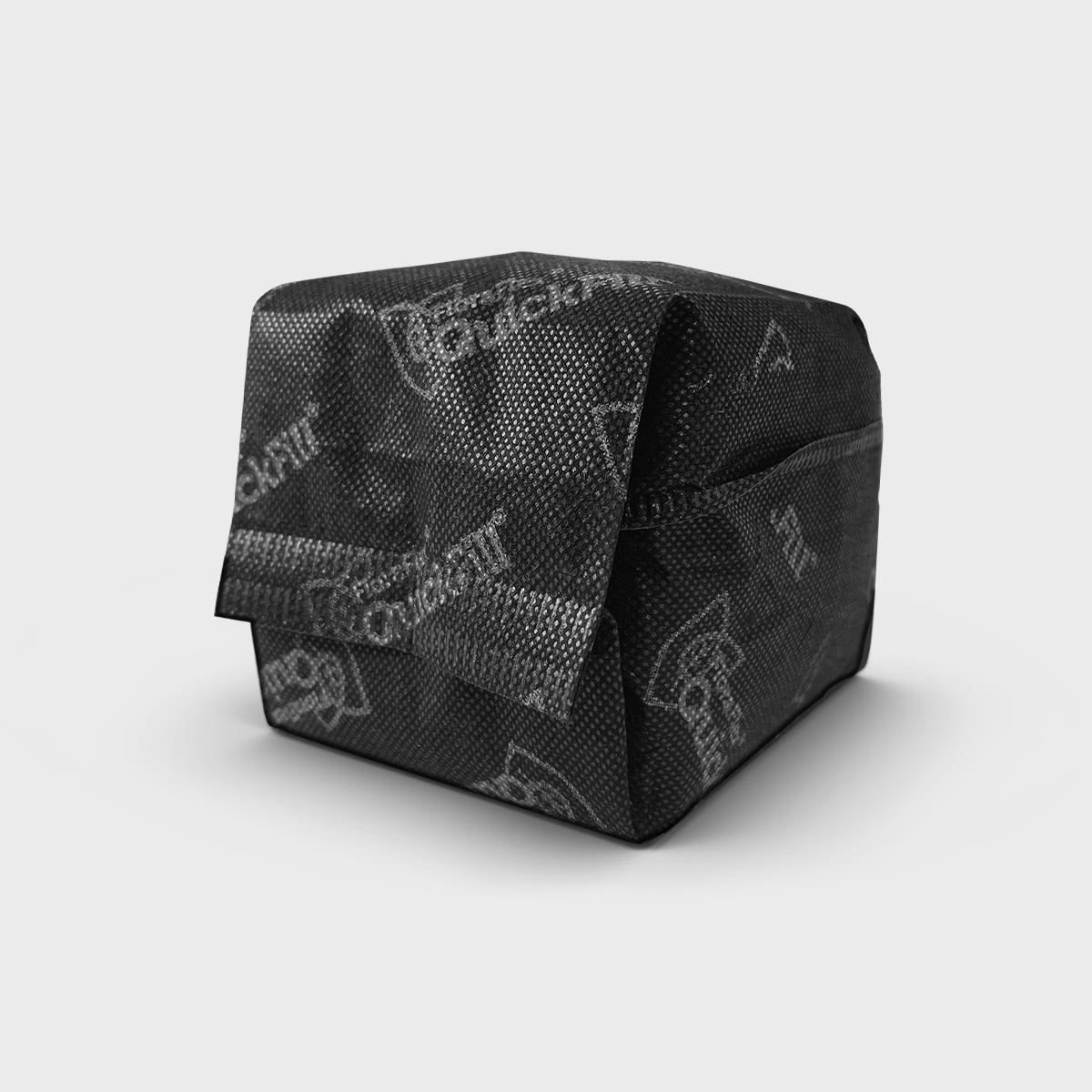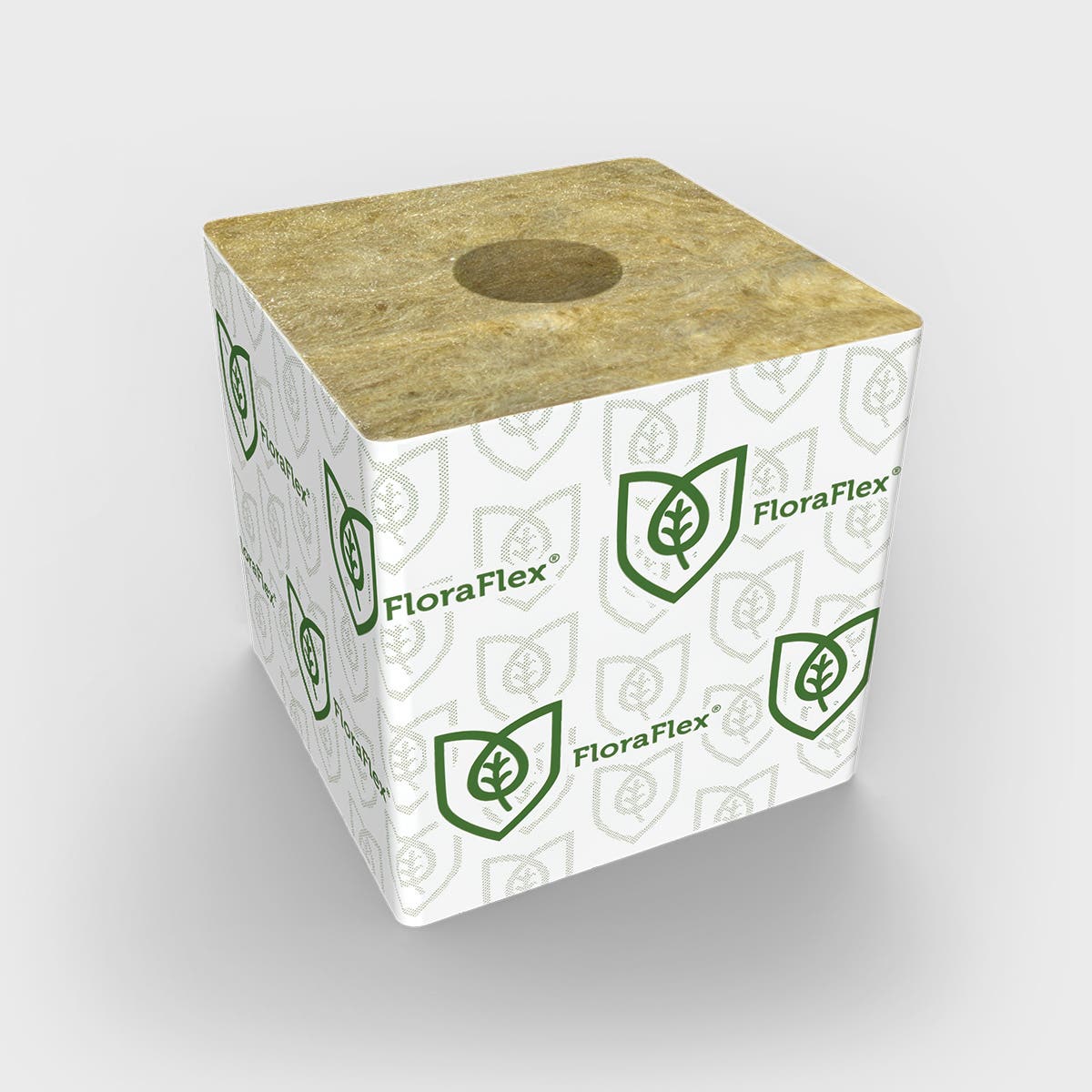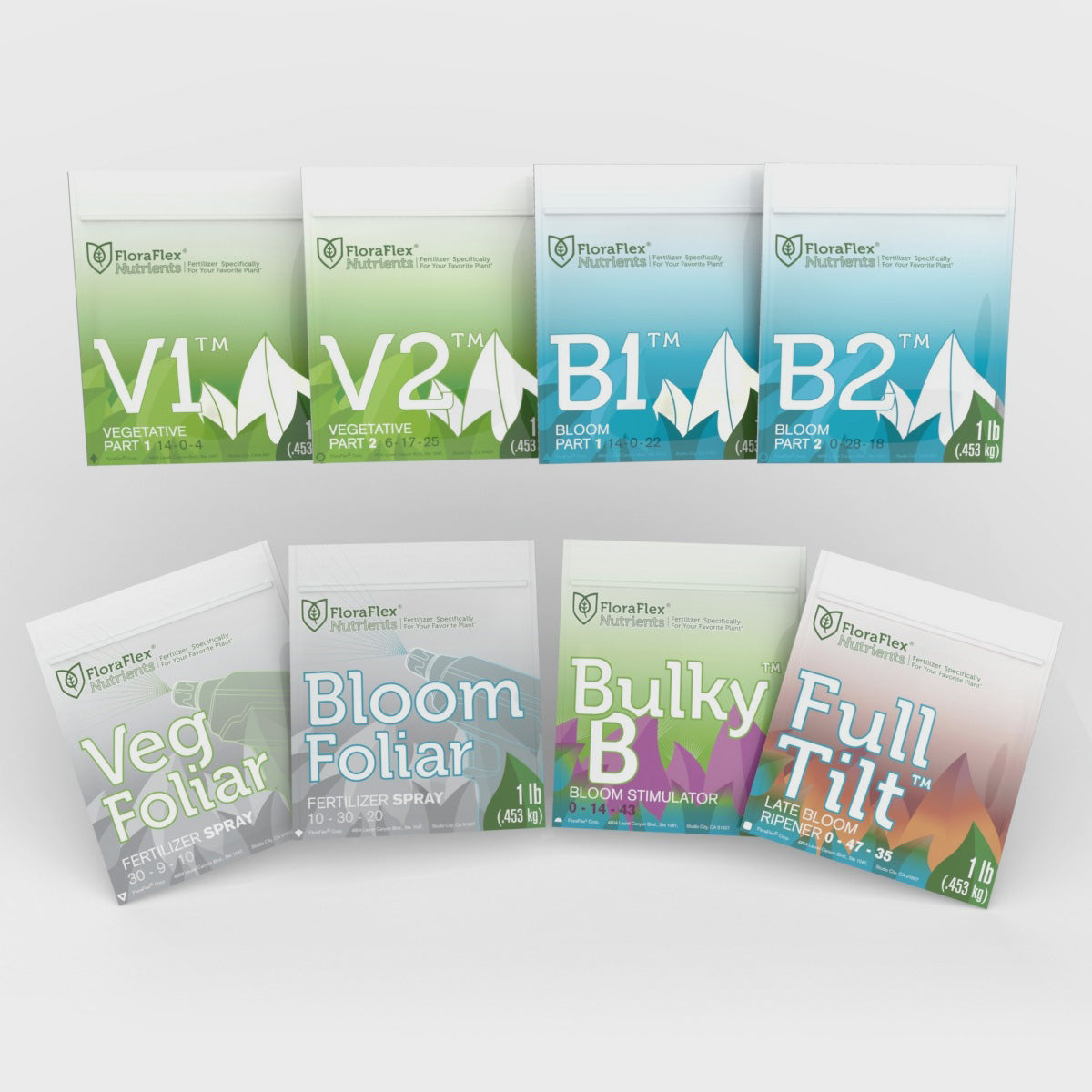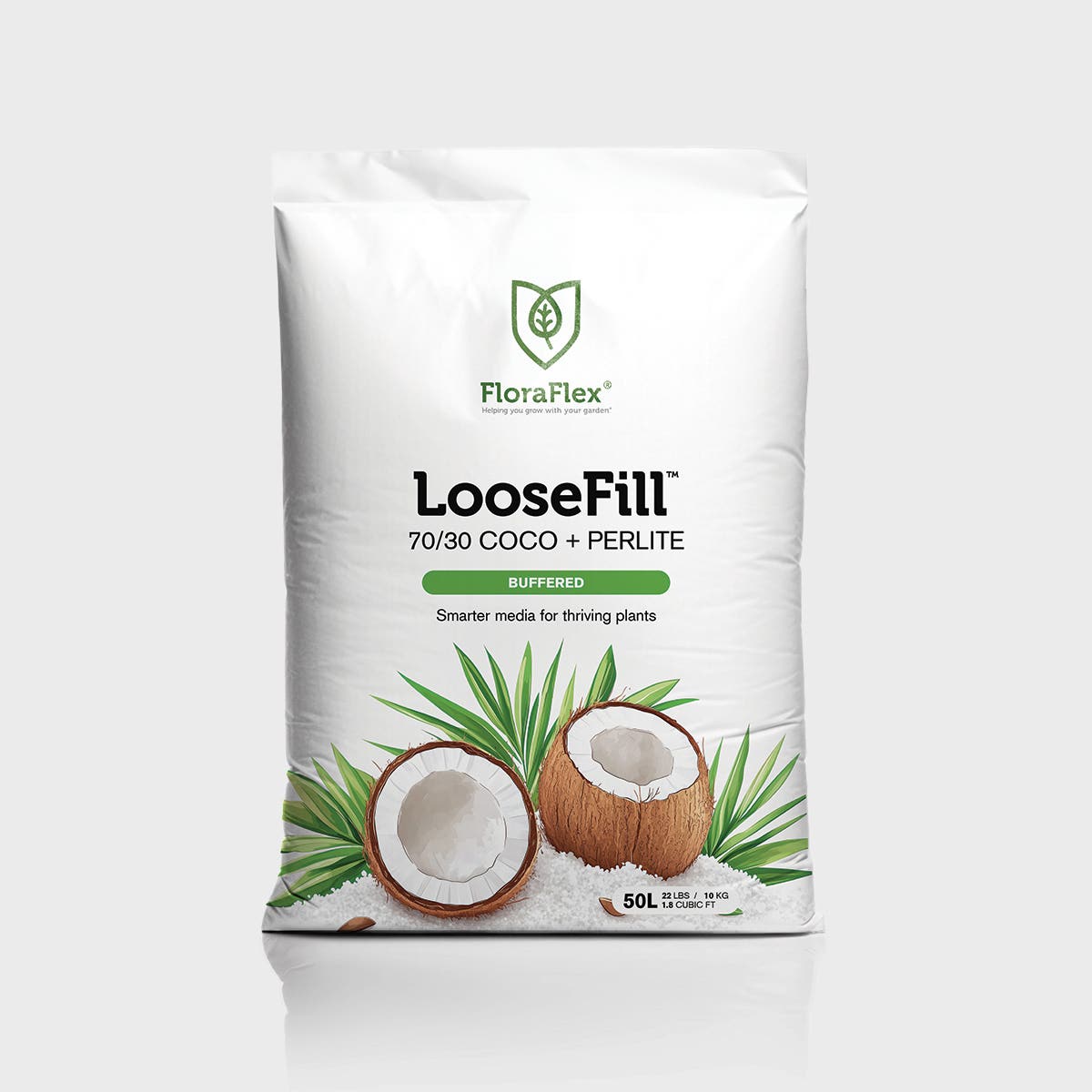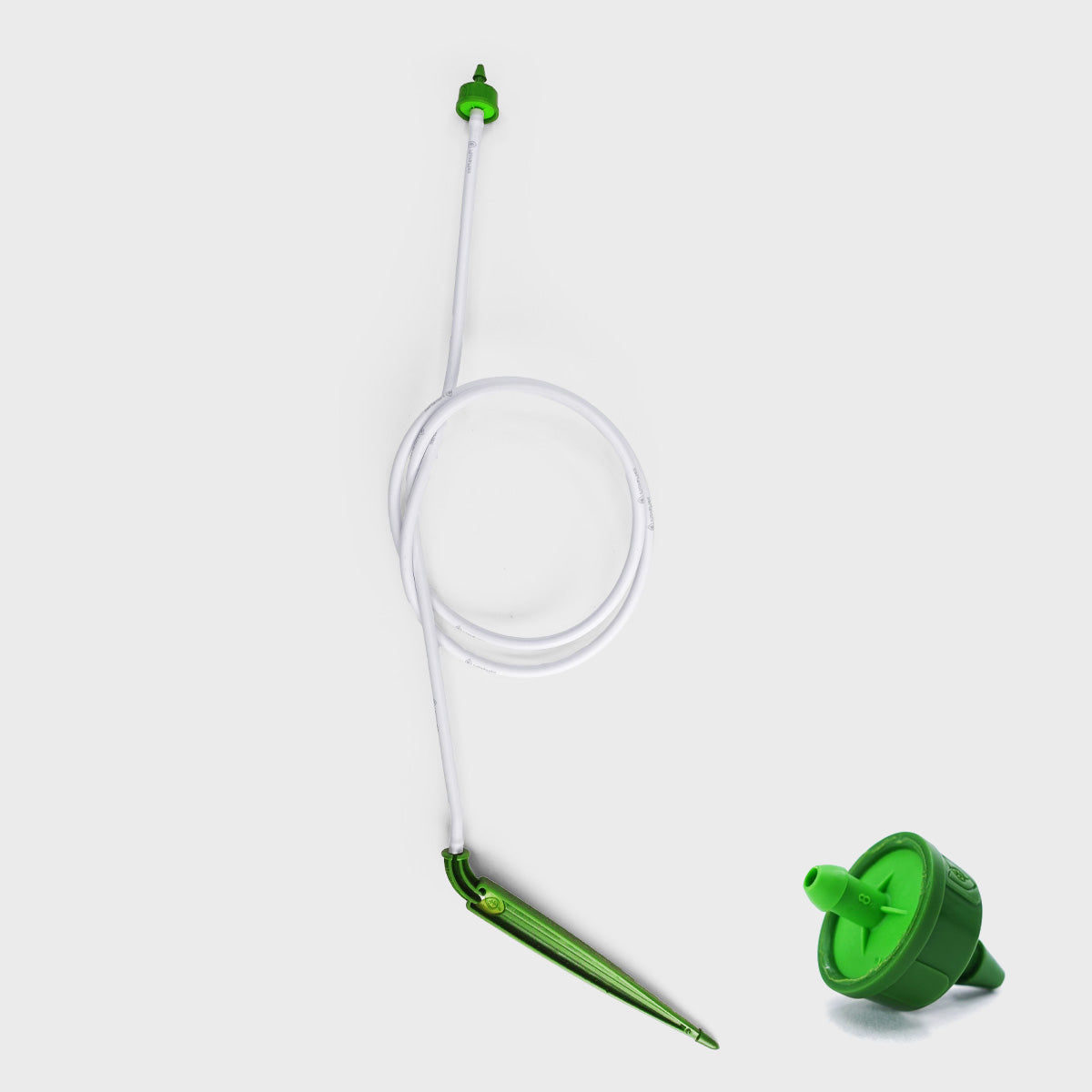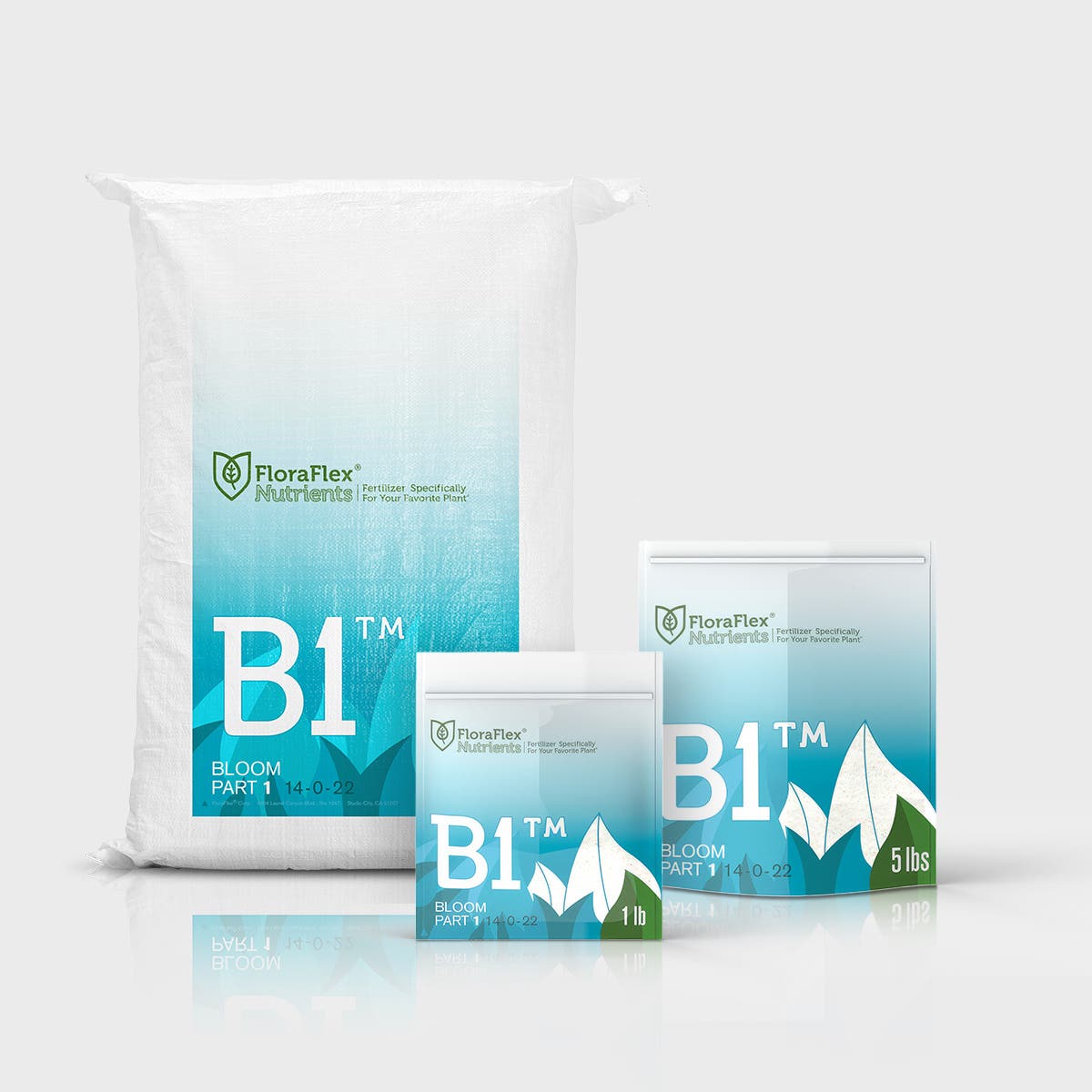Understanding Decarboxylation
Cannabinoids, such as THC and CBD, naturally exist in their acidic forms, THCA and CBDA, within the cannabis plant. These acidic forms are non-intoxicating and do not interact with the endocannabinoid receptors in the same way as their decarboxylated counterparts. Decarboxylation is the process of applying heat or activating factors to remove a carboxyl group from the acidic cannabinoids, converting them into their active forms.
Activation of Cannabinoids
Decarboxylation is necessary to activate cannabinoids and unlock their full potential. When cannabis is heated, whether through smoking, vaporizing, or cooking, the carboxyl group is removed, converting THCA into THC and CBDA into CBD. The activated cannabinoids are then able to bind with the endocannabinoid receptors in the body, resulting in the desired therapeutic effects.
Methods of Decarboxylation
There are various methods for decarboxylating cannabinoids, each with its own advantages and considerations:
-
Heat Exposure: The most common method is heating cannabis at a specific temperature for a certain duration. This can be done through baking, vaporizing, or smoking. The optimal temperature and time may vary depending on the desired outcome and the specific cannabinoids being targeted.
-
Oven Decarboxylation: This method involves placing cannabis flowers or extracted concentrates in an oven at a controlled temperature to activate the cannabinoids. It is essential to monitor the temperature carefully to avoid excessive heat, which can degrade the cannabinoids.
-
Crockpot/Sous Vide Method: Some individuals choose to decarboxylate cannabis using a crockpot or sous vide machine. This method involves placing cannabis in a sealed container submerged in water at a specific temperature for an extended period to achieve decarboxylation.
-
Infused Oil or Butter: Decarboxylation can also occur during the cooking process when cannabis is infused into oils or butters. The heat during cooking activates the cannabinoids, allowing them to be readily available for consumption.
Importance for Therapeutic Use
Decarboxylation is crucial for those seeking the therapeutic benefits of cannabinoids. While consuming raw cannabis may provide some nutritional benefits, the therapeutic effects of cannabinoids are significantly enhanced through decarboxylation. Proper decarboxylation ensures that the cannabinoids are in their active form, allowing for optimal absorption and utilization by the body.
Decarboxylation is an essential process in unlocking the potential of cannabinoids for therapeutic use. By converting the inactive acidic forms into their active counterparts, decarboxylation allows cannabinoids to interact with the body's endocannabinoid system, resulting in the desired therapeutic effects. Understanding the importance of decarboxylation and utilizing appropriate methods ensures that individuals can maximize the therapeutic potential of cannabinoids and enhance their overall cannabis experience.


